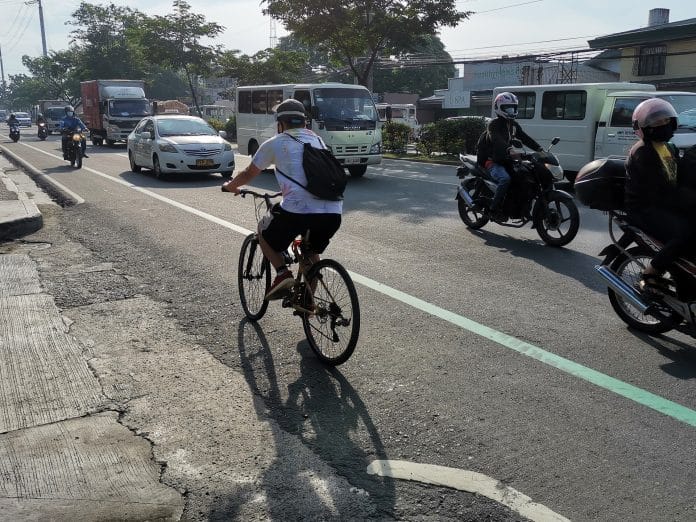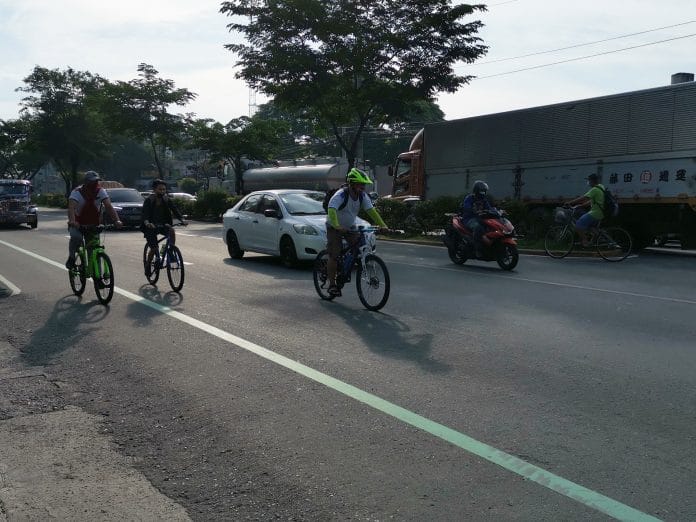A lot of workers turned to bicycles as their new mode of transportation during these trying times as public transportation couldn’t be maximized due to the required social distancing. However, as much as I want to see the brighter side of things, I can’t help but see that driving in certain areas has become a bit more chaotic and that’s partly due to the new dwellers on the road.
“Share the road” has been the mantra lately with biking groups and government agencies reminding the driving public to be more courteous to the new riders. However, sharing the road goes both ways and should not only be spouted on to the drivers. The adjustment towards a harmonious ride and drive should come from everyone.

Right now biking rules are different depending on the LGUs. Some are more strict, while others are more lax with their guidelines and implementation. There have been several bills passed like the Bike-Friendly Communities Act, Bicycle Act of 2011, Bicycle Act of 2014, Sustainable Transportation Act of 2013, and National Bicycle Act of 2019 but they’re all just collecting dust on a table somewhere. The bills were passed by different senators and congressmen but they have similarities. There should be a standard protected bike lane, requirement of standard gear for bikers, cooperation of government agencies in making the said changes on the road, and accommodation of bikes in parking spaces. However, until a bill is signed into law, we’ll have to depend on LGUs and ourselves in sharing the road.
Drivers should not go too close to a cyclist, especially when they’re overtaking. This is one of the most common issues that’s why biking advocates are pushing for protected bike lanes. It will also prevent those cars who stop on the side of the road, blocking the bike lane. Either you find a vacant parking space by the sidewalk, or just stop on the road just before the bike lane.

Motorcycle riders should be considerate too of their new brothers on the road. They shouldn’t occupy the bike lane that leads to some of them pressuring bikers to go faster if they’re behind one, nor should they overtake them at speed, as if they’re on a highway. Lastly, they should set the best example on how a two-wheeler should act on the road.
It’s my biggest gripe with these new cyclists – they didn’t really care about learning the rules and just went out there and observed. As long as someone is doing it, they’ll imitate it not knowing if what they’re doing is right or wrong.
Go to any intersection or stoplight and you’ll see them pedaling on the side despite the red light. Sometimes they’ll hike up on the sidewalk or on the bike lane itself to go against the flow of traffic. Some of them even cross wide roads like EDSA or even Commonwealth Ave, just so they can go to the other side despite having a footbridge nearby. The one I encountered the most though is their ignorance of a car’s turn signal. I make sure they’re far from me when I start turning in a corner but some of them are so fast that they’ll have a hard time slowing down, making for a lot of close encounters – and they have the balls to get mad.
Apart from pushing for more fairness on the road, bike groups should also start educating more cyclists either online or on the road. Facebook groups have been active in helping communities during this pandemic so it will be easy to disseminate vital info like road rules to beginner cyclists. LGUs should also help by having tarps of basic road rules and courtesy that will help those cyclists who are not online most of the time.
However, even if we educate the majority of our cyclists, it still stands that they’re the most vulnerable members of the road dwellers. Accidents might still happen to them simply because of lack of courtesy from other vehicles on the road. We can follow road markings and boundaries but until we’re all considerate enough to each other on the road, we’re bound to be equally stressed in our daily drives and rides.

